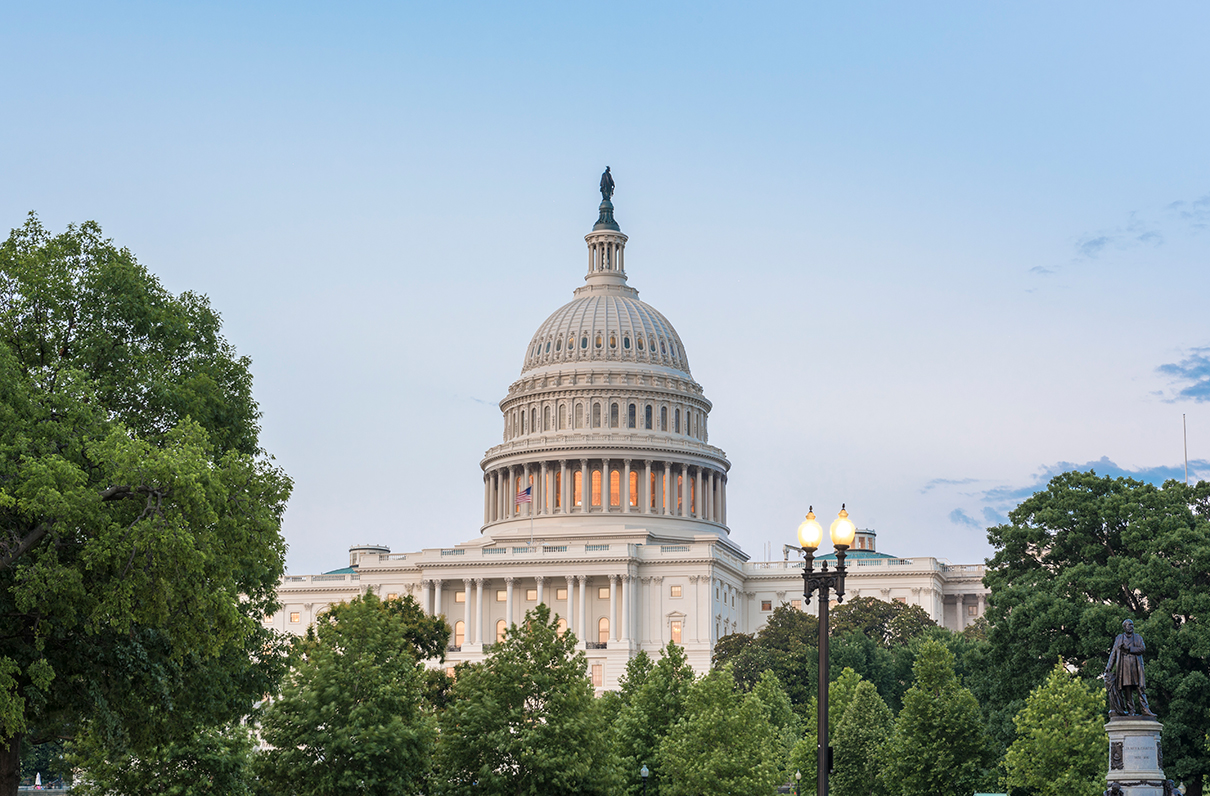President Donald Trump signed the FY 2019 John S. McCain National Defense Authorization Act (NDAA) into law Monday, Aug. 13, in a ceremony at Fort Drum, N.Y. Attention regarding defense policy and spending now turns to the completion of the defense appropriations legislation, which will fund the policy directives and authorizations included in the FY 2019 NDAA.
The two defense bills directly complement each other in the congressional budget and spending process, as the FY 2019 NDAA must be funded through the appropriations process under a separate appropriations bill. That part of the process is still ongoing.
As we saw this year with the earliest signing of the NDAA in decades, the defense appropriations process also is moving forward at a much more rapid pace than normal. Congressional leadership has stated they aim to have the final legislation approved and signed into law by the president before the Oct. 1 start of the new fiscal year.
State of play
Members of the House, having finished their defense legislative work, are on August recess until Labor Day. The House defense appropriations legislation H.R. 6157, sponsored by Rep. Kay Granger (R-Texas), chair of the House Appropriations Committee-Defense (HAC-D), was debated and then passed by the full House Thursday, June 28, by a vote of 359-49. The House bill approved $674.6 billion in total discretionary defense spending.
The Senate, after a short recess, returned to session this past week to continue work on their version of the defense appropriations legislation, sponsored by Sen. Richard Shelby (R-Ala.), chair of the Senate Appropriations Committee. Shelby also serves as the chair of the Senate Defense Appropriations Committee.
The legislation, similar to other Senate appropriations bills this year, has been packaged into a combined “minibus” $856.9 billion spending package (H.R. 6157), which now includes labor, health and human services, and education and related agencies (S. 3158) as well as defense (S. 3159) - the two largest annual appropriations bills. The defense portion of Senate bill accounts for $674.9 billion.
Introducing the legislation on the Senate floor this past week, Shelby stated, “The package before the Senate makes essential investments to accelerate the rebuilding of America's military and provides our men and women in uniform with the largest pay increase they have seen in nearly a decade.”
He also said, “The fiscal year 2018 defense appropriations bill enacted earlier this year contained the largest increase in military spending in 15 years. … The bill now before the Senate provides an additional $16 billion above the fiscal year 2018 level. … This funding sustains U.S. force structure and improves military readiness.”
What's next
This week, the Senate will continue to consider amendments to the appropriations legislation introduced by other members of the Senate. Once this is complete, Senate leadership will bring the bill up for a final vote.
Once passed, the Senate bill will be reconciled with the House version of the appropriations legislation in conference, before heading to the president for his signature.
Look out for future updates as Congress moves to close out final action on the FY 2019 defense appropriations legislation before the start of the new fiscal year.
The August recess is an excellent opportunity for you to engage with your elected representatives, who are back in their home states holding town hall meetings and campaigning for the upcoming 2018 midterm elections. Please thank them for their support of the FY 2019 NDAA and ask them for their continued support for the full funding of the FY 2019 NDAA in the final FY 2019 defense appropriations bill.
Please visit MOAA's August recess page, which contains information on the FY 2019 NDAA and other important issues.
